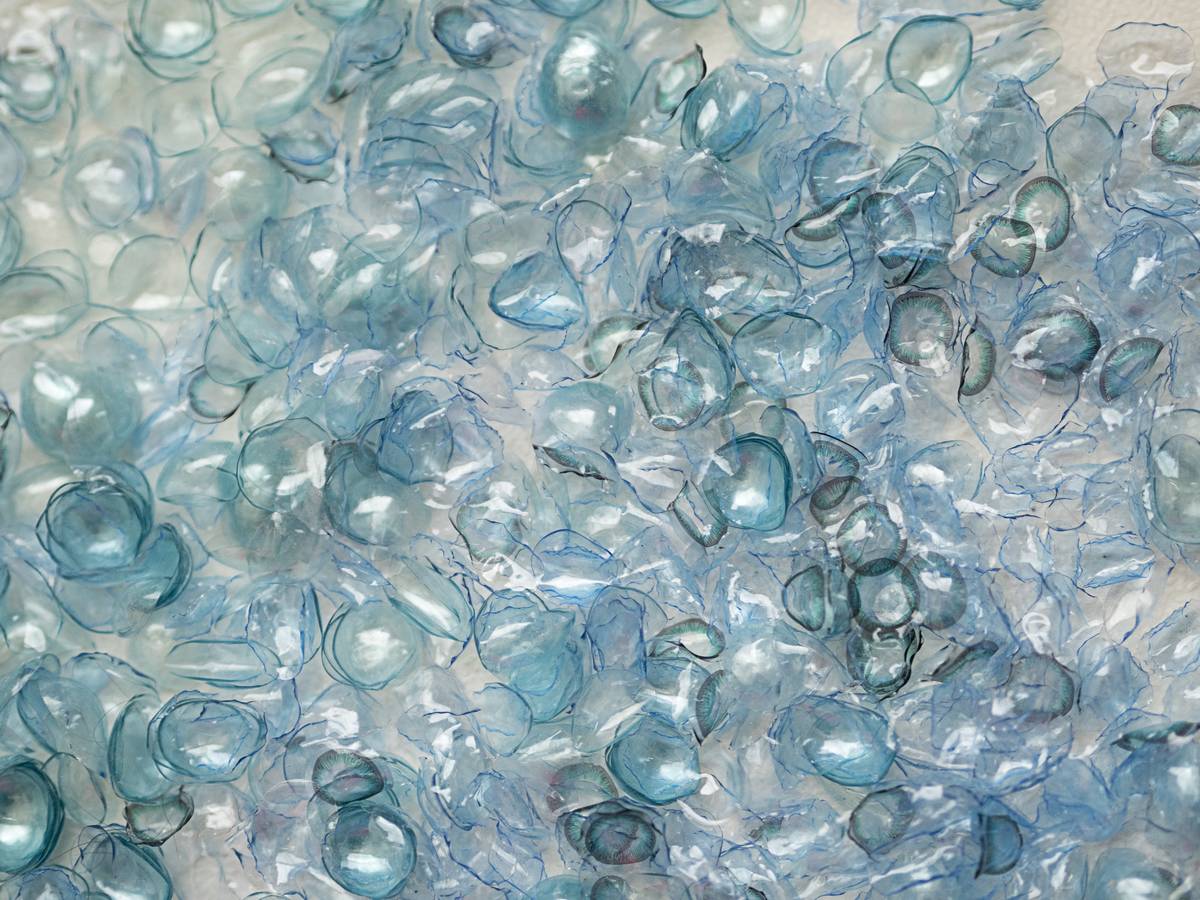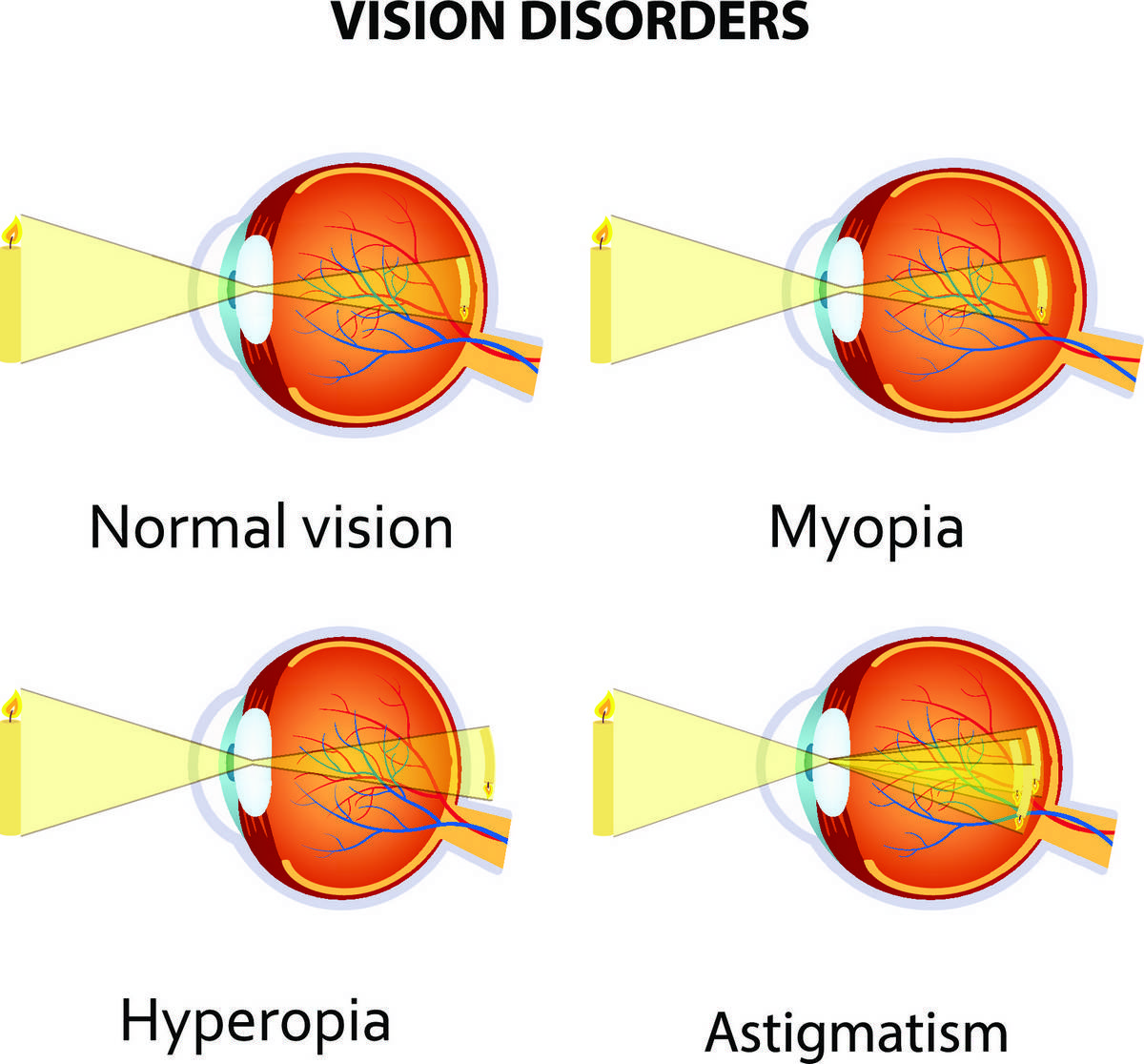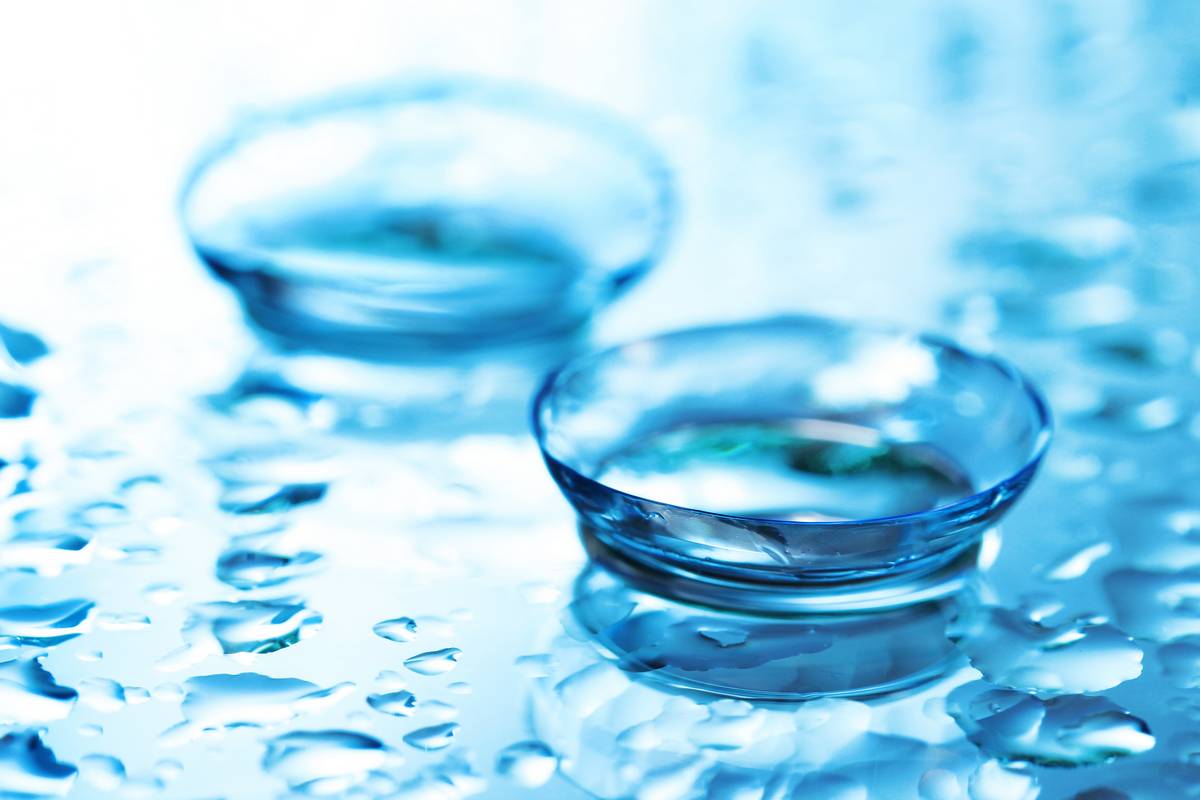5 Myths About Daily Contact Lenses Debunked

Optometrists agree that daily contact lenses are better for your eye health. So what’s holding you back from making the switch? What makes you stick to your old monthly lenses? In many cases, hesitation comes down to misinformation.
Common myths around cost, environmental impact, and prescription needs often prevent people from trying daily disposable lenses. But the truth is, these lenses offer superior comfort, convenience, and hygiene.
Let’s debunk five of the most common myths about daily disposable contact lenses
Myth 1: Daily Disposables Are Too Expensive
In some cases, daily disposable lenses are more expensive than their extended-wear counterparts. But with daily disposables, you won’t need to buy contact lens solution or contacts cases every few months.
Yet even when accounting for these savings, daily disposables will be a little more expensive than monthly or bi-monthly lenses.
However, there are ways to save money. If you have a current contact lens prescription, you can buy your contact lenses online. There are many great online retailers that offer discounts on in-store prices. Most of them offer first-time buyer discounts of up to 20% as well.
Therefore browsing online helps you to easily shop around for the best deals. You can really save a lot of cash!
Considering the many benefits of daily disposable contact lenses, it’s worth an extra few bucks a month.
Myth 2: Daily Disposables Are Bad for the Environment

Wearing contact lenses does have an environmental impact. But did you know that the impact is less than the carbon footprint of wearing glasses?
A single pair of soft contact lenses contains around 25 milligrams of plastic. That means a year’s supply of daily disposable lenses produces just over 9 grams of plastic waste. This is equal to two credit cards.
Glasses, by comparison, use around 35 grams of plastic. Most people change their frames every 2 years or so, making daily disposables the more environmentally friendly option.
However, daily disposables still result in plastic going into landfill or, even worse, the sea.
Contact lenses are difficult to recycle due to their small size. Most outer packaging is recyclable, but it’s difficult to recycle blister packs because of the foil.
Contact manufacturer Bausch & Lomb, is leading the way in taking responsibility for their own product waste. Bausch & Lomb’s ONE by ONE recycles all used contact lenses and packaging from its product range that includes Biotrue One Day and SoftLens One Day lenses.
There’s a long way to go, but things are moving in the right direction.
Myth 3: Daily Disposables Can’t Help Astigmatism

Astigmatism refers to any irregularity in the size or shape of the eyeball. Unlike ping pong balls, our eyes aren’t perfectly spherical. Most of us have astigmatism to some degree.
Contact lenses that treat astigmatism are called toric lenses. There was a time when toric lenses were only available in the rigid gas permeable variety. They were also worn for extended periods. But no more!
Today there’s a wide range of daily disposable toric lenses on the market. This soft lens variety is still very effective in treating astigmatism.
The Review of Contact Lenses recommends 1-Day Acuvue Moist for Astigmatism, Biotrue OneDay for Astigmatism and Clariti 1 Day Toric, among others.
Myth 4: Daily Disposable Lenses Are Easily Dislodged
Some people believe that soft daily lenses fall out easily because they’re thinner and more flexible. However, soft lenses actually conform to your eye’s shape, helping them stay in place.
Hard lenses, which are smaller and more rigid, are more likely to shift or pop out during movement. Soft lenses also feel more natural and comfortable during daily wear.
If your eyes feel irritated or dry, resist rubbing them, as that’s the most common reason lenses become dislodged. Instead, use contact-safe rewetting drops to restore comfort.
Myth 5: Daily Disposables Are Not Suitable for Dry Eye

People who wear contact lenses are more likely to develop a condition known as dry eye syndrome. Dry eye occurs when your eyes don’t produce enough quality tears to stay adequately lubricated.
Our eyes get their oxygen from both the environment and our tears. Wearing contact lenses reduces the amount of oxygen that can reach your eyes from the atmosphere.
Traditionally, rigid gas permeable lenses allowed more oxygen to reach the corneas than soft lenses. Thanks to huge leaps in contact lens technology, this is no longer the case.
There are many types of soft disposable contact lenses to treat dry eye. But let’s first consider how to choose the best daily disposables:
Material
Many of today’s soft disposable contact lenses are made from hydrogel or silicone hydrogel. These porous plastics allow more oxygen to pass through to the eyes. Silicone hydrogel lenses are generally more porous and therefore more comfortable.
However, people’s eyes react differently to the same materials. So it’s best to try both types and then see which is more comfortable.
Water Content
Soft contact lenses have varying moisture content that is usually listed on the packaging. Higher water content isn’t always better. The reason for this is that lenses with a higher moisture content can absorb water out of the eyes. This exacerbates the dry eye symptoms.
Blink Technology
We blink less often when using digital devices like computer screens or smartphones. Studies estimate we blink only five times per minute, instead of the recommended 15 times, when staring at screens.
Blinking lubricates our eyes, so failing to blink often enough can cause the symptoms of dry eye. Certain contacts, such as Focus Dailies Aqua Comfort Plus, contain technology that releases moisture every time you blink.
The Benefits of Switching to Daily Disposable Lenses
Switching to daily disposable contact lenses offers several advantages that go beyond convenience. These lenses are designed for modern lifestyles and eye health.
- Improved hygieneDaily lenses are single-use, which means you start each day with a fresh, sterile pair. This reduces the buildup of debris and bacteria that can occur with reusable lenses.
- Enhanced comfortNewer materials like silicone hydrogel allow for higher oxygen flow, helping your eyes stay hydrated throughout the day. Since you replace lenses daily, they never have time to lose their shape or softness.
- No cleaning or maintenanceThere’s no need for cleaning solutions or contact cases. You simply dispose of the lenses at the end of the day and open a new pair the next morning.
- Fewer eye infections and irritationWearing fresh lenses each day reduces the risk of infection, dryness, and protein deposits. It’s one of the healthiest ways to wear contacts.
- Ideal for travel and busy schedulesDaily disposables are convenient for anyone with an active lifestyle. You can pack what you need without worrying about storage or cleaning supplies.
With these benefits, it’s easy to see why more people are switching to daily disposable lenses for comfort, safety, and ease of use.
Ready for Daily Disposable Contact Lenses?
There you have it — 5 myths debunked! Are you ready to make the switch to daily disposable contact lenses? If so, then visit your optometrist for a prescription.
With your prescription in hand, you’ll be ready to browse for the best deals online. You can explore our wide selection of quality daily contact lenses in our online store. Visit your doctor and start enjoying the benefits of daily disposable contact lenses!
FAQ: Daily Disposable Contact Lenses
Are daily disposable contacts better for your eyes?
Yes. Because you start each day with a fresh pair, daily lenses minimize the risk of infection and buildup of debris or bacteria.
Can I reuse daily disposable contacts?
No. Daily lenses are designed for one-day wear only. Reusing them increases the risk of dryness, irritation, and eye infections.
Can people with astigmatism wear daily disposable lenses?
Absolutely. Many brands now offer daily toric lenses designed specifically for astigmatism.
Are daily lenses more comfortable than monthly ones?
Most people find daily lenses more comfortable because they are thinner, more breathable, and always fresh.
Are daily contact lenses eco-friendly?
While they produce some plastic waste, recycling programs and smaller material usage make them comparable to glasses in environmental impact.
